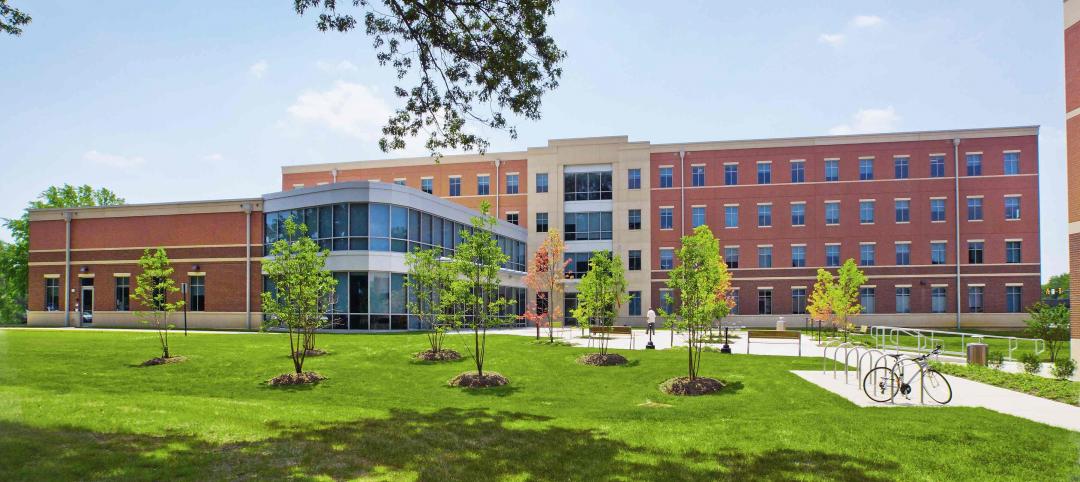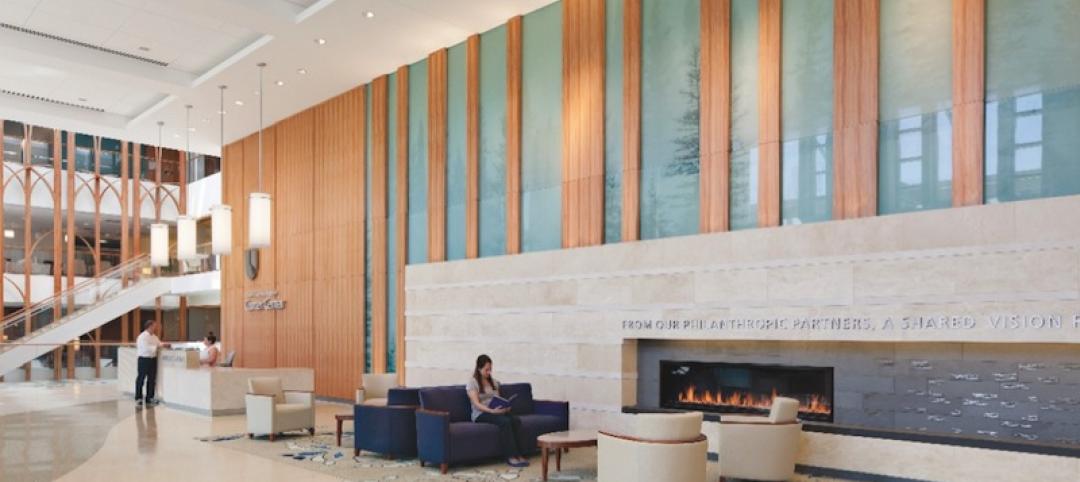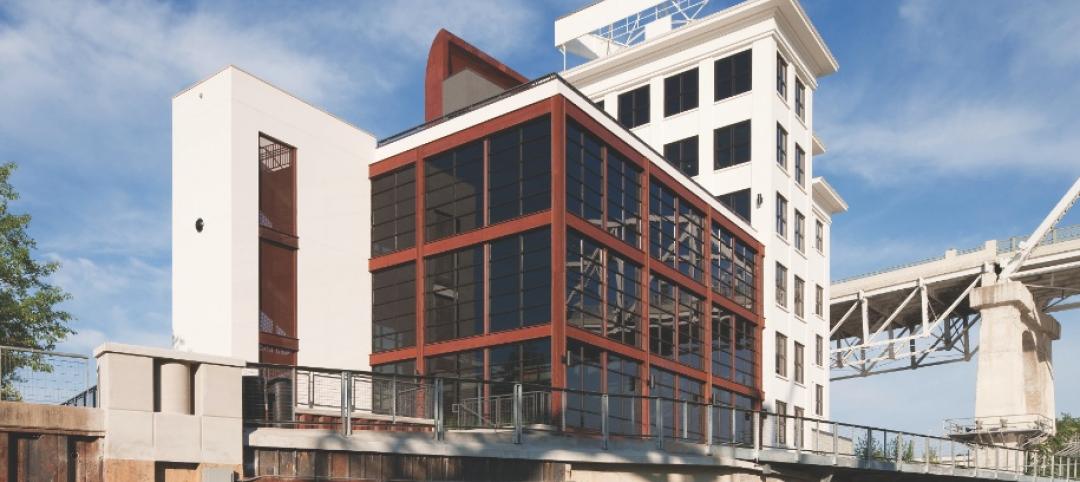
The Robert F. Kennedy Main Justice Building houses the U.S. Attorney General's office, the Justice Department headquarters, and the largest historic art collection of any GSA-built facility, so its renovation had to be performed with the utmost care.
 |
| The building’s art collection required the services of a full-time art conservator and a special “art protection package” for subcontractor bidding. PHOTO: BORIS FELDBLYUM PHOTOGRAPHY |
Offices housing hundreds of lawyers and staff had to remain operational during the construction of a brand new $3.1 million conference center and data room, the restoration of the main library and executive suites, and the installation of a new M/E/P system. All this had to be done while maintaining the highest levels of security and dealing with hazardous materials.
BD+C Reconstruction Awards judge Walker C. Johnson, FAIA, Johnson Lasky Architects, Chicago, assessed the restoration job as “a very difficult project, well executed.”
To best preserve the building's extensive art collection, protective shields were placed around the murals, sculptures, and plaster reliefs. Temperature, humidity, and dust controls were also installed, making the collection much better equipped to stand the test of time.
Due to the highly sensitive nature of the facility itself, extra security measures were employed throughout the project. Construction personnel were classified into three tiers and were permitted access to specific building areas based on these three levels of security clearance.
An extensive asbestos abatement effort was conducted, along with the removal of lead paint and careful handling of mercury vapor lamps containing PCBs. The construction manager, Gilbane Building Company, established a stop-work rule that brought construction to a halt the moment any hazardous material was uncovered.
Conservation efforts throughout the construction process ultimately returned close to $1 million to the GSA's purse.
For instance, instead of completely demolishing the existing courtyard plaza and garage structures, the design consultants determined that it was possible to renovate these features, thereby utilizing 95% of existing building materials. The courtyard's cobblestone blocks were removed, cleaned, refurbished, and reinstalled. The foundation of the courtyard's original fountain was preserved, while its pipes and pumps were replaced. And only the concrete with questionable integrity around the facility's garage beams was removed and repaired, rather than replacing all the concrete.
As for the facility's plaza deck, the Building Team tested the concrete structure's integrity to determine which sections could be repaired instead of being entirely rebuilt. Consequently, 14,520 tons of waste material were diverted from landfill.
The original foundation and structure of the building's entrance was preserved, saving another 110 tons of waste materials and decreasing the risk of penetrating a sensitive waterproofing membrane system.
Gilbane scored additional savings by utilizing a mechanism called early buyout. Taking advantage of the purchasing power of the entire four-phase construction job, Gilbane was able to secure prices early on in the project that otherwise would have been spent covering the escalating costs of building materials.
In sum, the project came in $4.2 million under budget, enabling the GSA to pursue additional work, including restoration and re-pointing of the limestone exterior, roof repair and replacement, ornate painting and plaster restoration, additional hazardous materials abatement, and fire code upgrades.
Related Stories
| Apr 30, 2013
Tips for designing with fire rated glass - AIA/CES course
Kate Steel of Steel Consulting Services offers tips and advice for choosing the correct code-compliant glazing product for every fire-rated application. This BD+C University class is worth 1.0 AIA LU/HSW.
| Apr 24, 2013
Los Angeles may add cool roofs to its building code
Los Angeles Mayor Antonio Villaraigosa wants cool roofs added to the city’s building code. He is also asking the Department of Water and Power (LADWP) to create incentives that make it financially attractive for homeowners to install cool roofs.
| Apr 2, 2013
6 lobby design tips
If you do hotels, schools, student unions, office buildings, performing arts centers, transportation facilities, or any structure with a lobby, here are six principles from healthcare lobby design that make for happier users—and more satisfied owners.
| Mar 14, 2013
25 cities with the most Energy Star certified buildings
Los Angeles, Washington, D.C., and Chicago top EPA's list of the U.S. cities with the greatest number of Energy Star certified buildings in 2012.
| Mar 13, 2013
RSMeans cost comparisons: jails, courthouses, police stations, and post offices
The March 2013 report from RSMeans offers construction costs per square foot for four building types across 25 metro markets. Building types include: jails, courthouses, police stations, and post offices.
| Feb 25, 2013
10 U.S. cities with the best urban forests
Charlotte, Denver, and Milwaukee are among 10 U.S. cities ranked recently by the conservation organization American Forests for having quality urban forest programs.
| Feb 3, 2013
Clever engineering helps create design excellence
A mechanical engineering team overcomes numerous hurdles to help make a new federal courthouse in Iowa a showpiece of ‘government work’ at its best.
| Jun 1, 2012
New BD+C University Course on Insulated Metal Panels available
By completing this course, you earn 1.0 HSW/SD AIA Learning Units.















